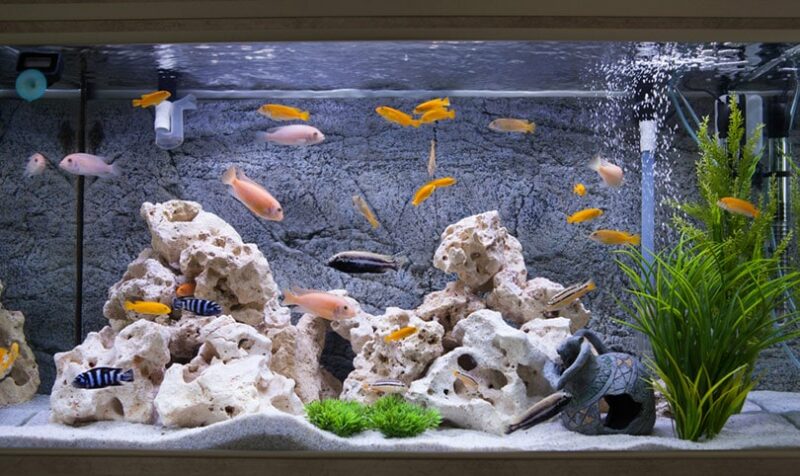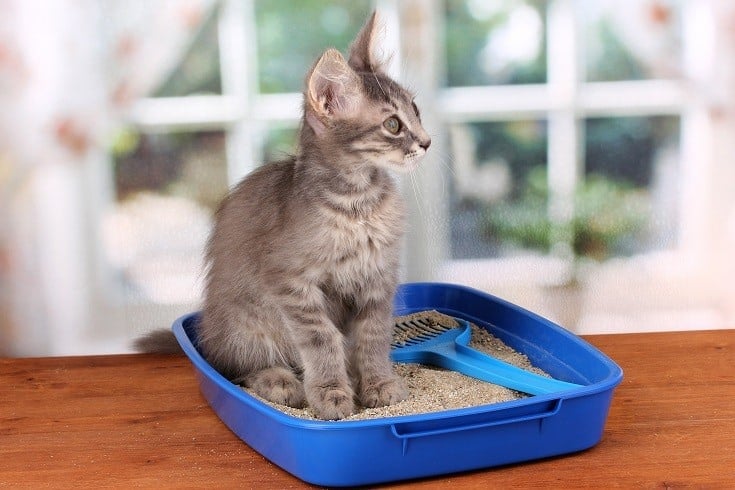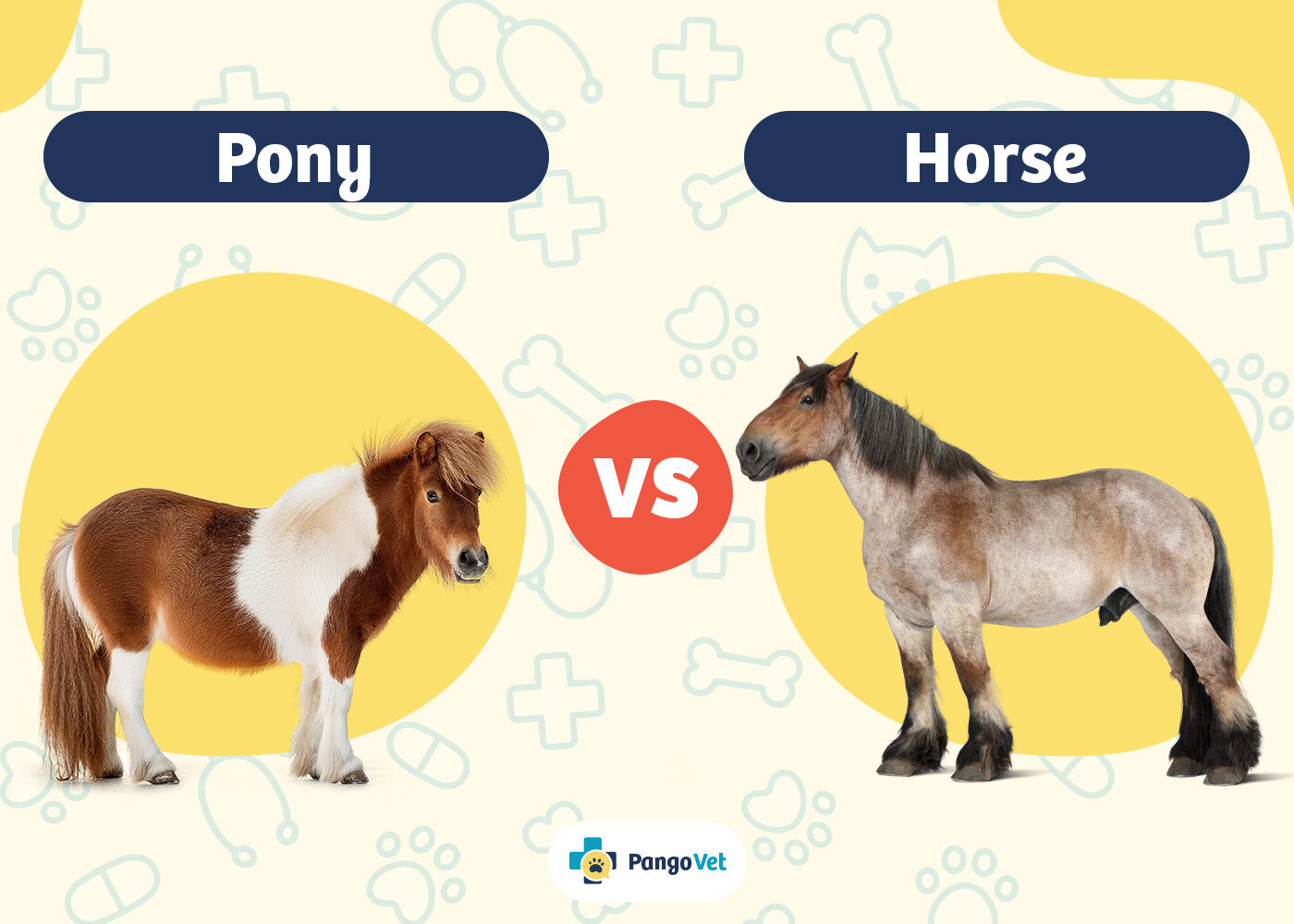Whether you’re a beginner in the world of aquatics or an experienced aquarist, you may have wondered how to calculate the volume of your aquarium.
Understanding the volume of an aquarium is critical. It helps in maintaining the appropriate water chemistry, planning for the number of fish, and selecting suitable equipment, such as filters and heaters. This post is going to break down the process step-by-step, providing five key tips to make this process a breeze. Let’s dive in!

Before You Start: Understanding the Basics
Aquarium volume refers to the amount of water that your fish tank can hold. It’s typically measured in gallons (in the US) or liters (in most other parts of the world). An important fact to remember is that volume is a measure of three dimensions: length, width, and height.
The typical formula used to calculate volume is length multiplied by width multiplied by height. However, due to the various shapes of aquariums, it can get a little more complicated. Don’t worry, though; we have you covered!

The 5 Key Measurement Tips on How to Calculate Aquarium Volume
1. Measuring a Standard Rectangular Aquarium
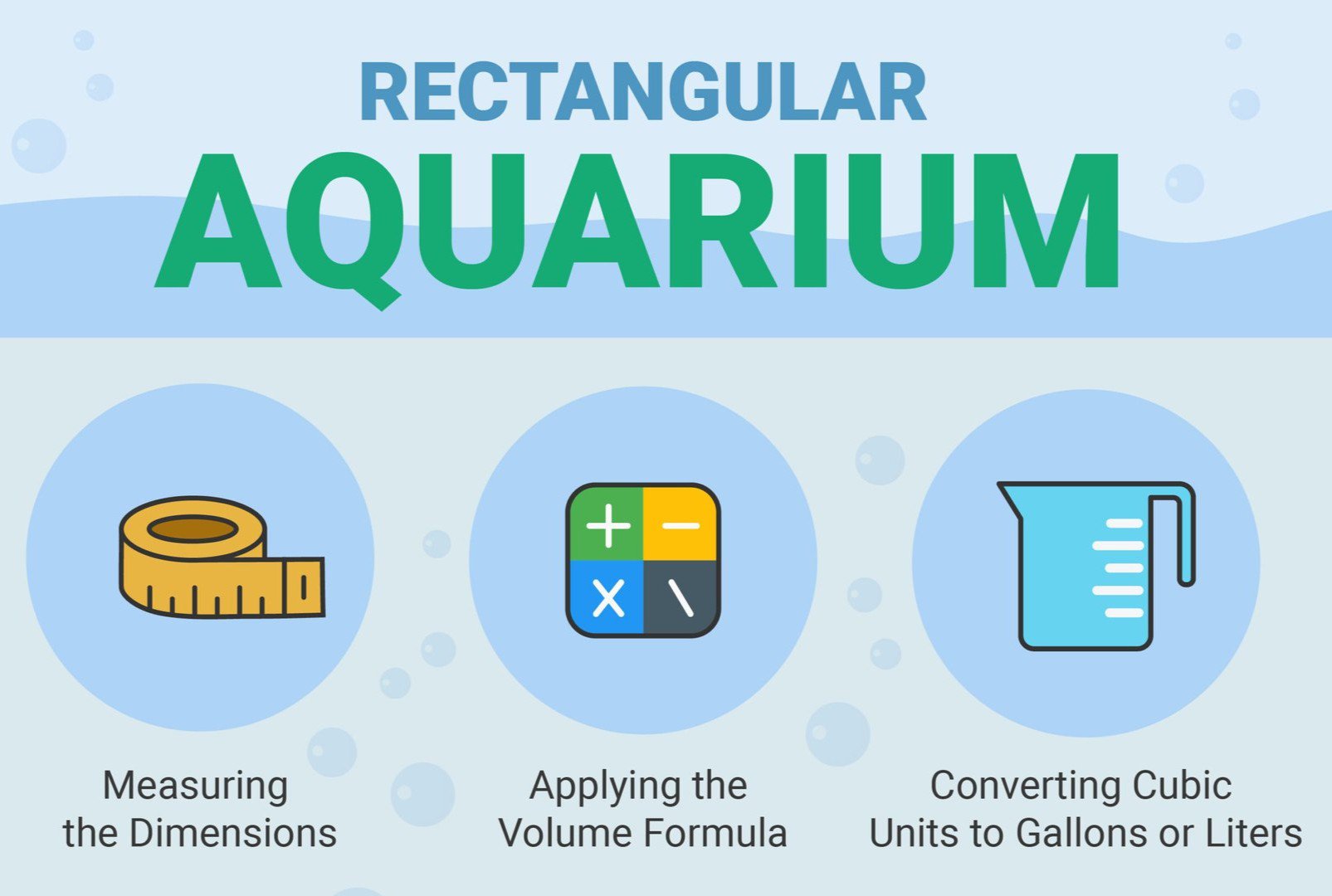
Rectangular aquariums are a popular choice due to their simple structure and aesthetic versatility. When it comes to calculating their volume, three key measurements are needed: length, width, and height.
- Measuring the Dimensions: The first step involves carefully measuring the inside dimensions of the aquarium using a tape measure. Measure from one inside edge to the other to get the length, width, and height. Be sure to keep the units consistent; if you start measuring in inches, stick to inches for all the measurements.
- Applying the Volume Formula: Once you have these measurements, the next step involves basic multiplication. The formula for volume is length multiplied by width multiplied by height. For instance, if your aquarium measures 20 inches long, 10 inches wide, and 12 inches high, the volume in cubic inches would be 20 x 10 x 12 = 2,400 cubic inches.
- Converting Cubic Units to Gallons or Liters: This might seem tricky, but it’s actually quite simple with the right conversion factor. If your measurements were in inches, divide the total volume by 231 to convert cubic inches to U.S. gallons. If you measure in centimeters, divide the volume by 1,000 to get the volume in liters.
2. Navigating the Calculation for Cylinder Aquariums
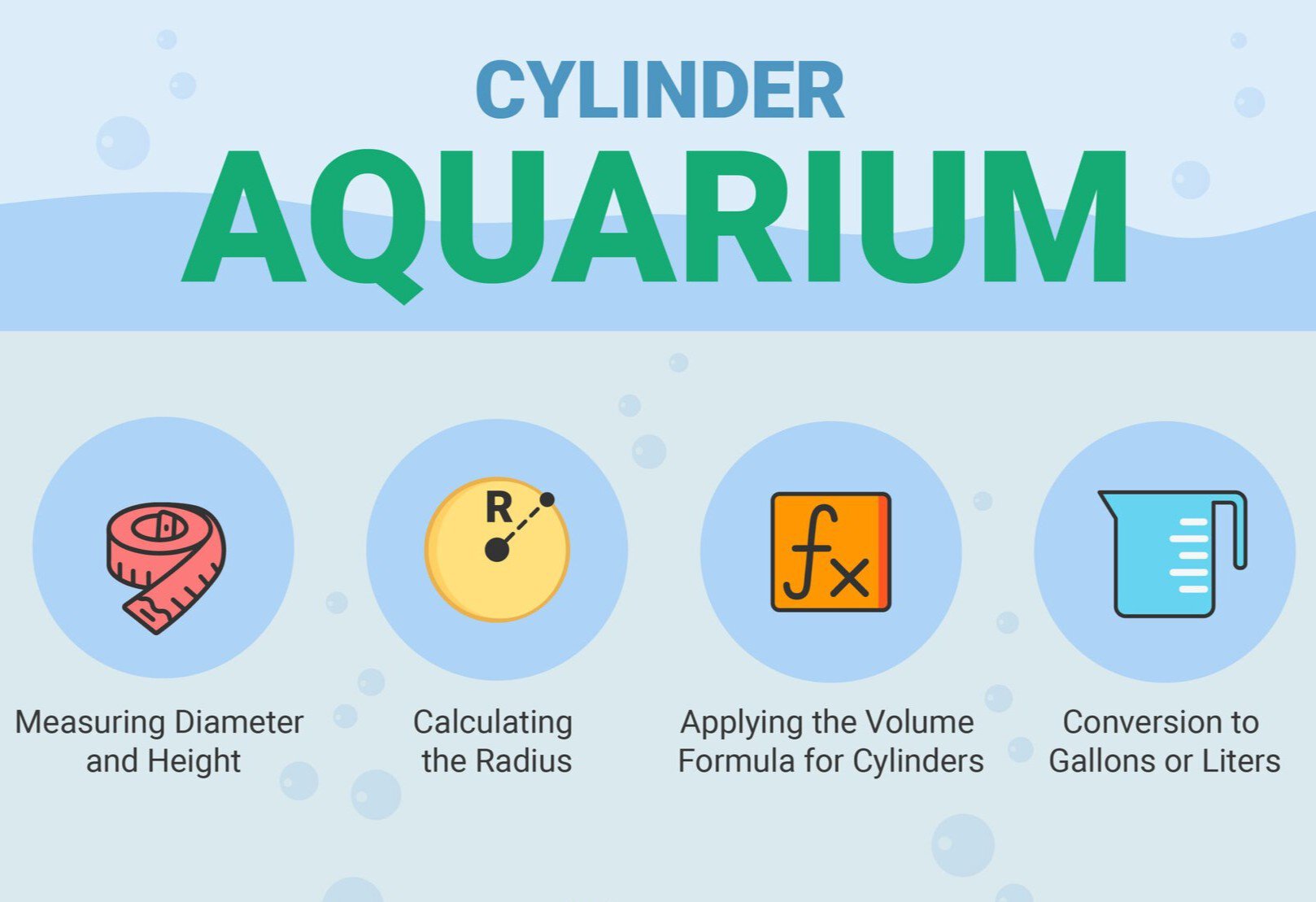
Cylinder aquariums, with their sleek, modern aesthetic, can be a bit more complicated when it comes to volume calculation due to their circular shape. However, armed with the right formula and steps, it’s definitely manageable.
- Measuring Diameter and Height: First, take measurements of the aquarium’s diameter and height, making sure to measure from the inside edges.
- Calculating the Radius: Next, find the radius, which is simply half of the diameter. For example, if the diameter is 20 inches, the radius is 10 inches.
- Applying the Volume Formula for Cylinders: The volume formula for cylinders involves using π(Pi), which is approximately 3.14159. Multiply π by the square of the radius and then by the height. This will give you a value in cubic units.
- Conversion to Gallons or Liters: Again, use the conversion factors mentioned above to convert the cubic units into U.S. gallons or liters, depending on the units used for the original measurements.
3. Dealing With Bow Front Aquariums
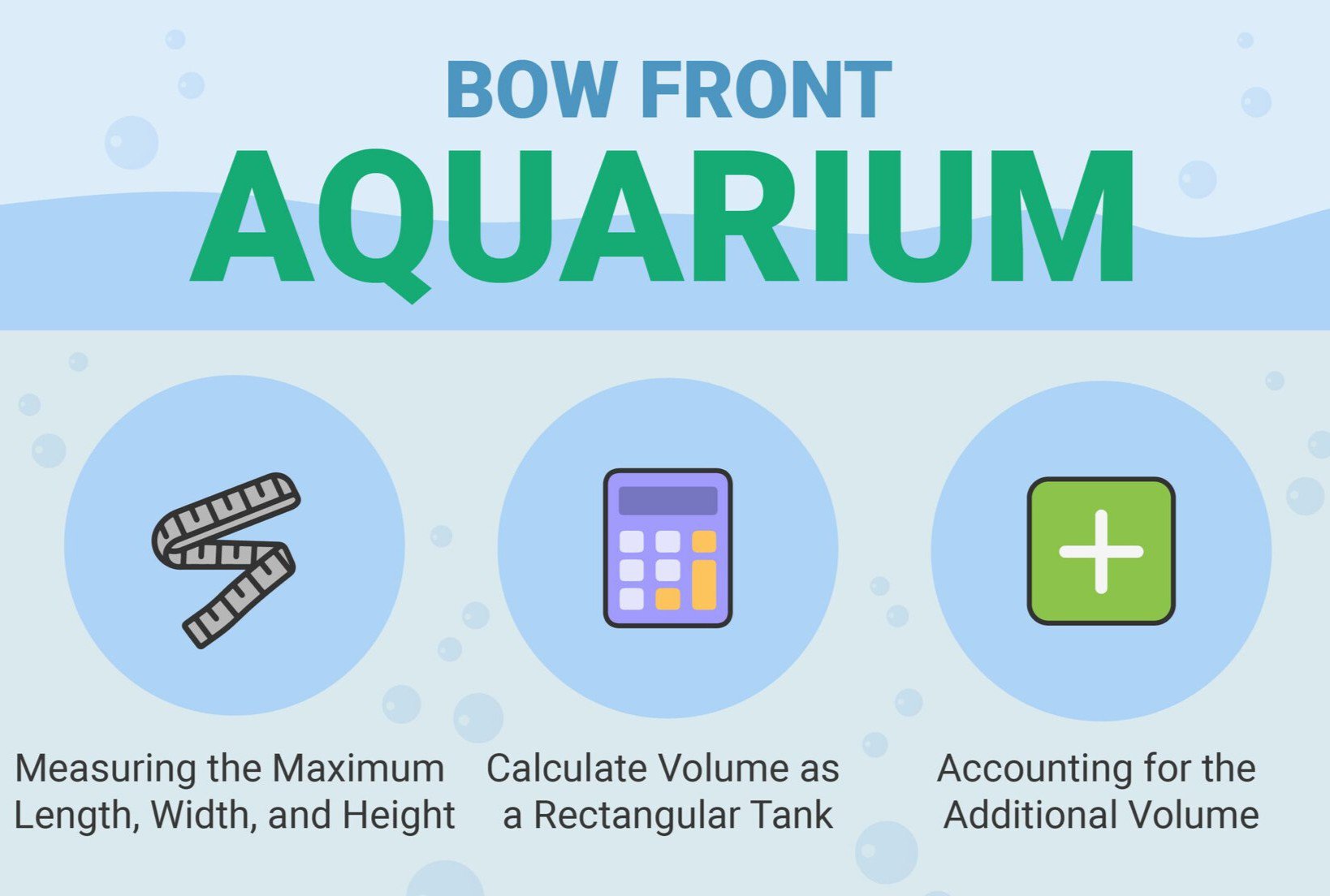
Bow-front aquariums, with their unique curved front, can be slightly more challenging to measure. However, it is certainly not an insurmountable task. Here’s the detailed step-by-step method:
- Measuring the Maximum Length, Width, and Height: Start by measuring the length of the aquarium from end to end. For the width, measure the middle point of the aquarium, where it is the widest. Lastly, measure the height from top to bottom.
- Calculate Volume as a Rectangular Tank: Use the measurements obtained and calculate the volume as if the aquarium were a rectangular tank. Apply the same volume formula—length multiplied by width multiplied by height.
- Accounting for the Additional Volume: As the front of the aquarium is curved, it holds more water than a standard rectangular aquarium with the same base measurements. To account for this, it is generally a good idea to add about 15% more to the volume calculated in the previous step.
Remember, these calculations provide an estimate of the aquarium’s volume. However, as previously noted, the true available volume will be less once substrate, decorations, and equipment are added to the aquarium.
4. Factoring in Decorations, Substrate, Fill Level, and Equipment
The above steps give the total volume, but remember, not all that space is available for water and fish. Gravel, decorations, and equipment all take up space, reducing the available volume. In addition, tanks are rarely filled to the brim, and there’s often an inch or two of empty space near the top, which you should factor into your calculations. A good rule of thumb is to subtract about 10% from the calculated volume. These factors also make it worthwhile to upgrade tank size rather than downgrade. For example, if the recommended tank volume for a certain fish is 20 U.S. gallons, it’s often best to spring for a 25–30-gallon aquarium instead.
5. Using Online Aquarium Volume Calculators

If math isn’t your strong suit or if you want to double-check your calculations, there are online calculators available. These tools allow you to input your measurements and select the shape of your tank, and they will calculate the volume for you.

Conclusion
Mastering the calculation of aquarium volume might not come immediately. But with practice, these measurements and calculations will become second nature. And remember, the goal is to create a healthy and happy environment for your aquatic pets.
So always ensure your aquarium volume calculations are accurate, whether you’re setting up a new tank, replacing equipment, or adding new members to your underwater family.
Featured Image Credit: Frantisek Czanner, Shutterstock
Contents
- Before You Start: Understanding the Basics
- The 5 Key Measurement Tips on How to Calculate Aquarium Volume
- 1. Measuring a Standard Rectangular Aquarium
- 2. Navigating the Calculation for Cylinder Aquariums
- 3. Dealing With Bow Front Aquariums
- 4. Factoring in Decorations, Substrate, Fill Level, and Equipment
- 5. Using Online Aquarium Volume Calculators
- Conclusion
